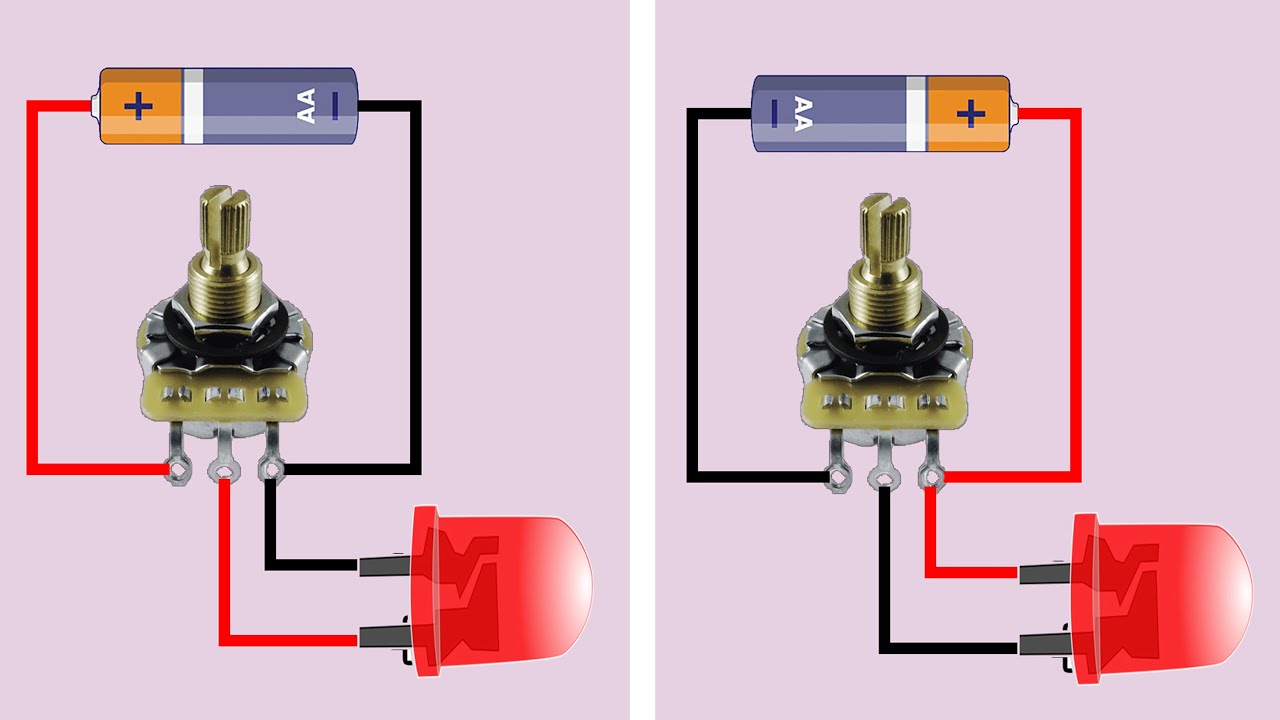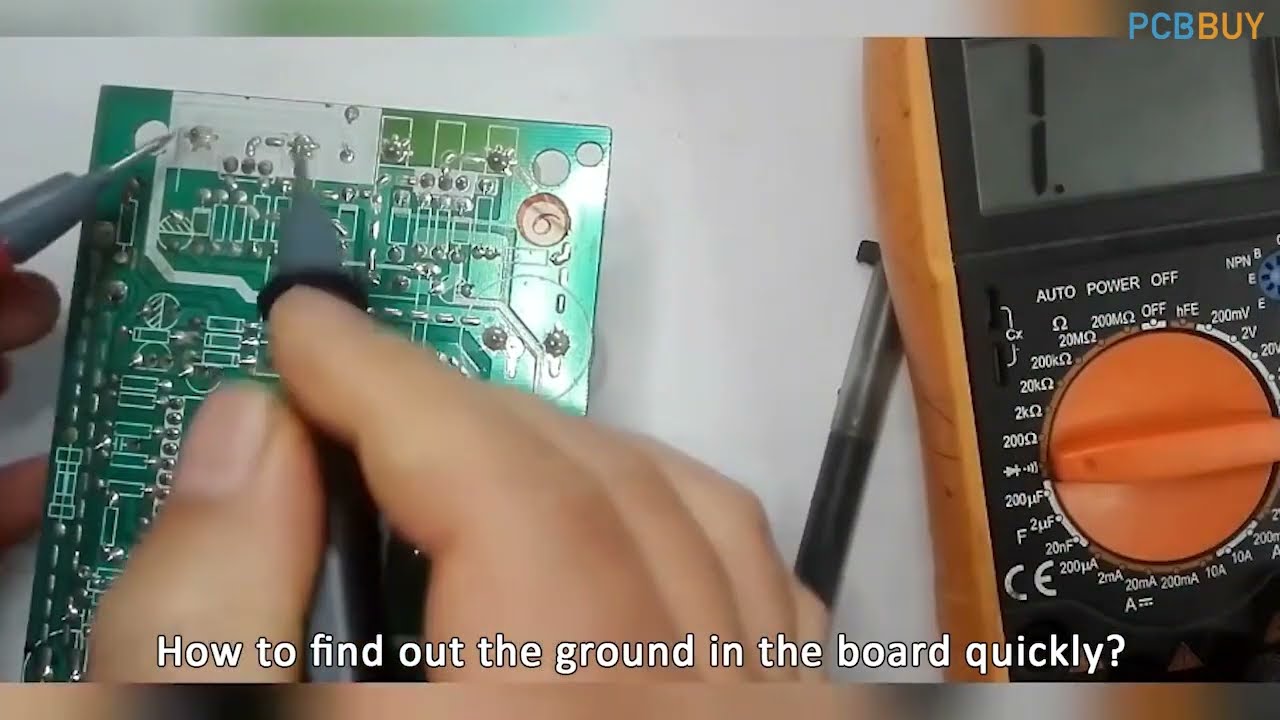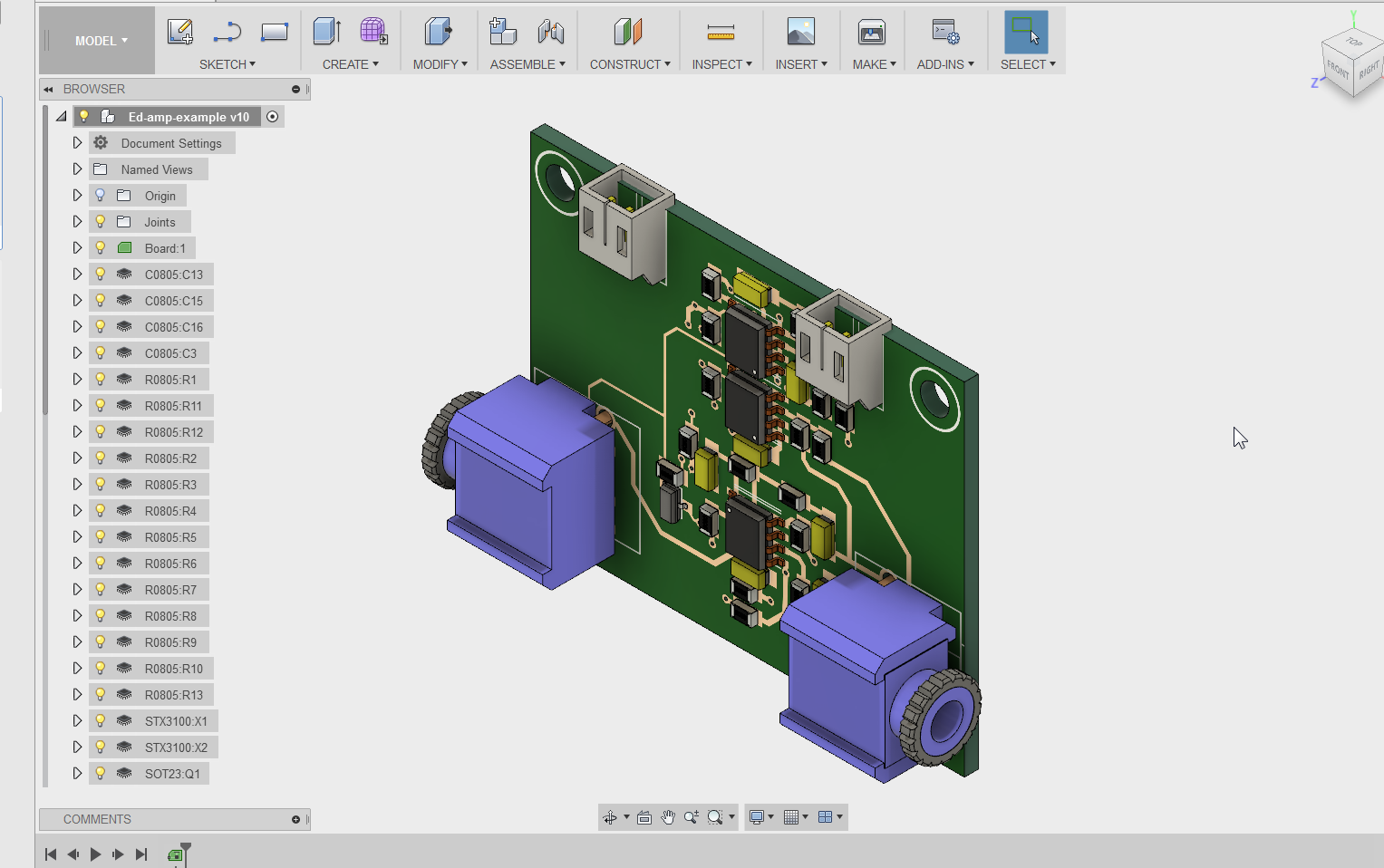How to Use a Triac in Electronics
Triacs are electronic components commonly used in AC power control applications. They are solid-state devices that can switch current in both directions, making them ideal for controlling the power supplied to electronic devices such as dimmer switches, motor speed controllers, and heating elements.
Triacs work by using a combination of silicon-controlled rectifiers (SCRs) to switch the current on and off. This allows for precise control of the power flow, enabling devices to be turned on and off or their intensity adjusted as needed.
Here are some basic steps on how to use a triac in your electronic projects:
- 1. Choose the Right Triac: Triacs come in various voltage and current ratings, so it’s important to select one that meets the requirements of your project. Check the datasheet for specifications and ratings before making a purchase.
- 2. Connect the Triac: Once you have the right triac, solder it onto your circuit board according to the manufacturer’s specifications. Pay attention to the pin configuration and make sure to connect it correctly to avoid damage.
- 3. Control the Gate: The gate of the triac is what controls the switching action. Use a trigger circuit, such as a microcontroller or a simple timer, to apply a voltage to the gate and turn the triac on and off as needed.
- 4. Test the Circuit: Before connecting your load to the triac, test the circuit with a multimeter to ensure everything is connected properly. Apply a small load to see if the triac switches on and off correctly.
- 5. Connect the Load: Once you have verified that the triac is working correctly, connect your electronic device to the output of the triac. You can now control the power to the device by adjusting the triggering voltage to the gate.
- 6. Monitor Heat Dissipation: Triacs can get hot during operation, so make sure to provide adequate heat sinking to prevent overheating. Check the datasheet for thermal management guidelines and add a heatsink if necessary.
Using a triac in your electronics projects can provide precise control over power levels and enable advanced automation features. Experiment with different trigger circuits and loads to see the full potential of this versatile device. Remember to always follow safety precautions when working with electrical components to avoid accidents.
By following these steps and experimenting with triacs in your projects, you can enhance the functionality and efficiency of your electronic devices. Have fun exploring the world of power control with triacs!
How to Use a Triac in Electronics
Triacs are electronic components commonly used in AC power control applications. They are solid-state devices that can switch current in both directions, making them ideal for controlling the power supplied to electronic devices such as dimmer switches, motor speed controllers, and heating elements.
Triacs work by using a combination of silicon-controlled rectifiers (SCRs) to switch the current on and off. This allows for precise control of the power flow, enabling devices to be turned on and off or their intensity adjusted as needed.
Here are some basic steps on how to use a triac in your electronic projects:
- 1. Choose the Right Triac: Triacs come in various voltage and current ratings, so it’s important to select one that meets the requirements of your project. Check the datasheet for specifications and ratings before making a purchase.
- 2. Connect the Triac: Once you have the right triac, solder it onto your circuit board according to the manufacturer’s specifications. Pay attention to the pin configuration and make sure to connect it correctly to avoid damage.
- 3. Control the Gate: The gate of the triac is what controls the switching action. Use a trigger circuit, such as a microcontroller or a simple timer, to apply a voltage to the gate and turn the triac on and off as needed.
- 4. Test the Circuit: Before connecting your load to the triac, test the circuit with a multimeter to ensure everything is connected properly. Apply a small load to see if the triac switches on and off correctly.
- 5. Connect the Load: Once you have verified that the triac is working correctly, connect your electronic device to the output of the triac. You can now control the power to the device by adjusting the triggering voltage to the gate.
- 6. Monitor Heat Dissipation: Triacs can get hot during operation, so make sure to provide adequate heat sinking to prevent overheating. Check the datasheet for thermal management guidelines and add a heatsink if necessary.
Using a triac in your electronics projects can provide precise control over power levels and enable advanced automation features. Experiment with different trigger circuits and loads to see the full potential of this versatile device. Remember to always follow safety precautions when working with electrical components to avoid accidents.
By following these steps and experimenting with triacs in your projects, you can enhance the functionality and efficiency of your electronic devices. Have fun exploring the world of power control with triacs!



